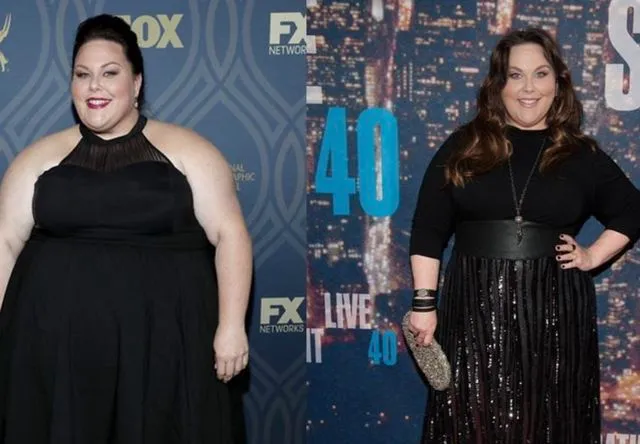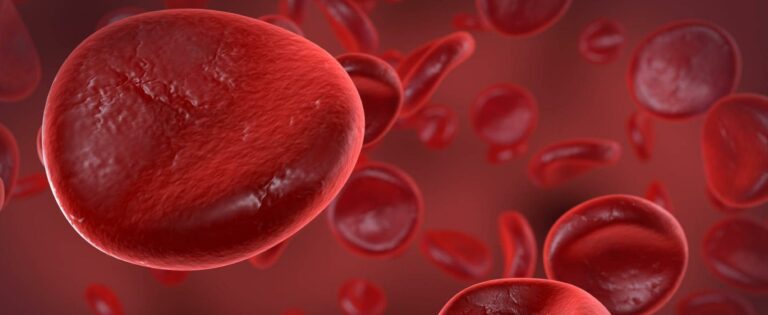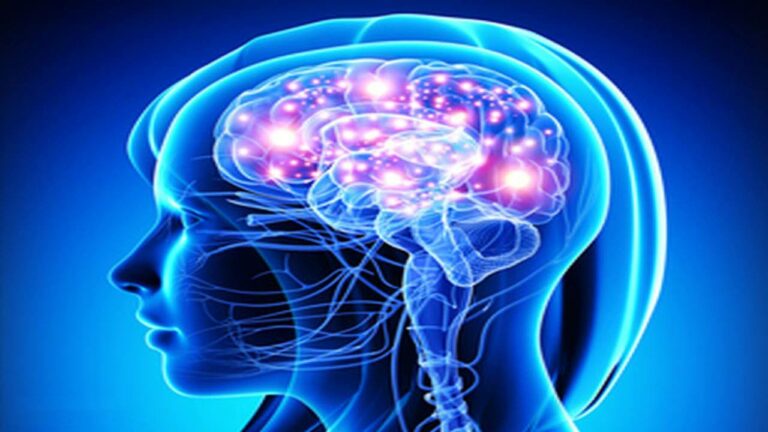What Is An Eating Disorders: Types & Symptoms
Author: Shiela Lupiba
Shiela Lupiba
Category: Health

What is Eating Disorder s ?
Eating disorders are a group of conditions characterized by an unhealthy relationship with food. In severe cases, eating disorders can have serious health consequences and can be fatal if left untreated. People with eating disorders can have a variety of symptoms.
3 Main Types of Eating Disorder
1. Anorexia Nervosa
Anorexia is an eating disorder characterized by abnormally low body weight, concerns about weight gain, and distorted weight perception. A person with anorexia places great importance on controlling weight and shape using extreme effort, which tends to have a major impact on their lives. Dieting behavior in anorexia nervosa is motivated by a strong fear of gaining weight or becoming overweight.
2. Bulimia nervosa
Bulimia nervosa is characterized by recurring and frequent episodes of eating unusually large amounts of food followed by purging (throwing up), fasting, and/or excessive exercise.
3. Binge Eating Disorder
Binge-eating disorder is a serious eating disorder in which you frequently consume unusually large amounts of food and feel unable to stop eating. People who suffer from binge eating disorder do not purge or use extreme weight loss methods.
SYMPTOMS OF EATING DISORDERS
Below is a list of common signs and symptoms that may be present if a person is struggling with an eating disorder.
Anorexia Nervosa
- Low body weight
- Does not see her/himself overweight
- Denial of hunger
- Preoccupation with body weight and shape
- Obsession with food and its nutrients (calories, fat, carbohydrates, etc.)
- Food rituals (cutting into very small pieces, excessive chewing, etc.)
- Excessive exercise and dieting
- Anxiety regarding weight, meal time, and social activities or gatherings
- Dry, thinning, or loss of hair
- Dry skin and brittle nails
- Frequently cold, wearing multiple layers to hide body or to stay warm
- Downy hair covering body, called lanugo
- Loss of menstruation
Bulimia Nervosa
- Frequent fluctuations in body weight
- Frequent episodes of bingeing
- Hiding food to eat in private
- Preoccupied with body weight and shape
- Preoccupied with exercise and dieting
- Withdrawal from social activities and gatherings
Binge Eating Disorder
- Frequent episodes of bingeing (consuming large amounts of food)
- Feeling loss of control during binge episodes
- Hiding food to eat in private
- Eating alone
Contrary to popular belief, eating disorders don’t just affect girls. They occur in people of all genders, ages, races, ethnicities, and socioeconomic statuses. Men are underrepresented in eating disorder statistics: the stigma of having illnesses primarily related to women often prevents them from seeking help and obtaining a diagnosis. The different manifestations of eating disorders in these populations can make them unrecognizable, even for professionals.













